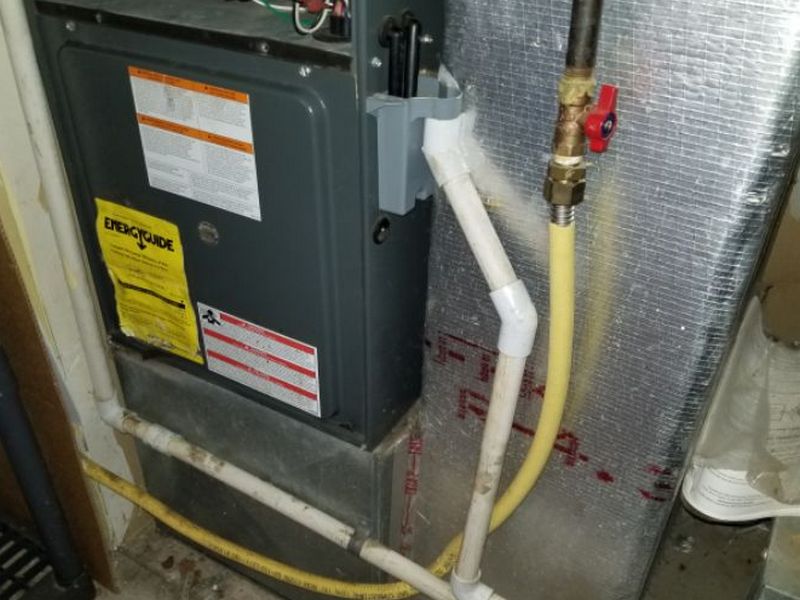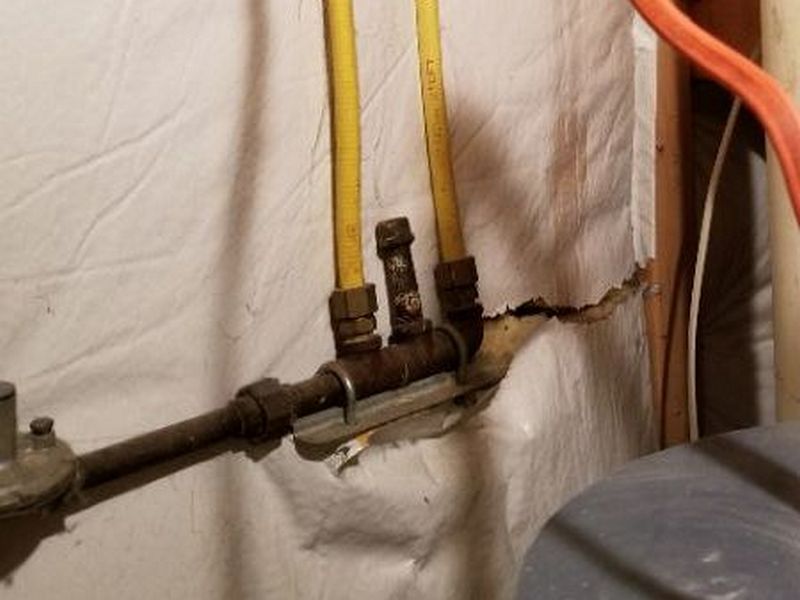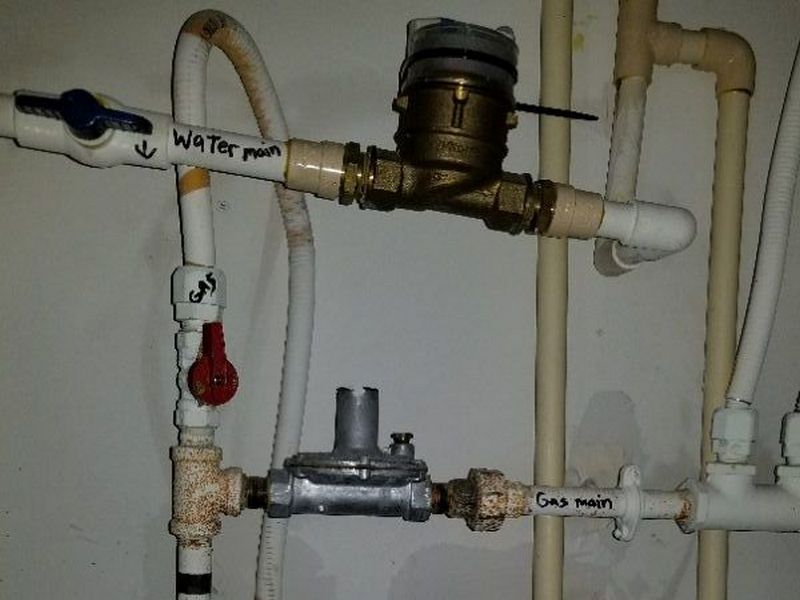Grounding vs. Bonding: what’s the difference? This is arguably the most misunderstood basic concept in the residential wiring systems we evaluate everyday. Many professionals, including home inspectors and even electricians, use the terms interchangeably. But they are two very different things, both of which are essential to electrical safety.
Most inspectors would likely tell you that a properly-installed ground rod protects you against shocks if an ungrounded (hot) wire touches a metal portion of the system. But it’s correct system Bonding that causes the OCPD (breaker or fuse) to trip and clear the ground fault, preventing electrocution. Additionally, people say “electricity always seeks a path to ground.” In reality, the destination for the electricity is back to its source, usually the utility transformer. Because a properly-wired system has many neutral connections to ground, the earth is just one path back to the source.
The primary role of grounding is not to ensure that breakers will trip and prevent electrocution hazards. When it comes to ground faults, the contact resistance of a buried grounding electrode is quite high. Very little fault current returns to the power supply if the earth is the only fault current return path. The result is that the circuit breaker or fuse won’t open. All the metal parts associated with the electrical installation, metal piping, and structural building steel will become and remain energized.
Grounding stabilizes the system voltage, and reduces damage from transient overvoltage caused by lightning strikes. It also has the benefit of fire reduction by reducing voltage stress on electrical insulation and components, and preventing arcs. Failing to ground the system’s metal parts can result in high voltage on the metal parts from an indirect lightning strike. This voltage can seek a path to the earth within the building, possibly resulting in a fire and/or electric shock.
The ground wire is loose or disconnected. The ground system is a fundamental safety feature of the electrical installation, and will not work unless the connections are intact. Hire an electrician to make required repairs.
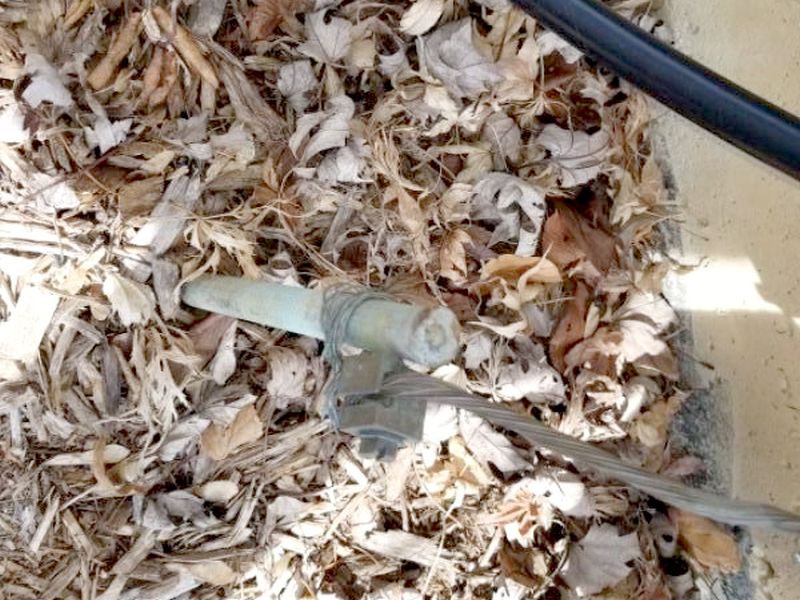
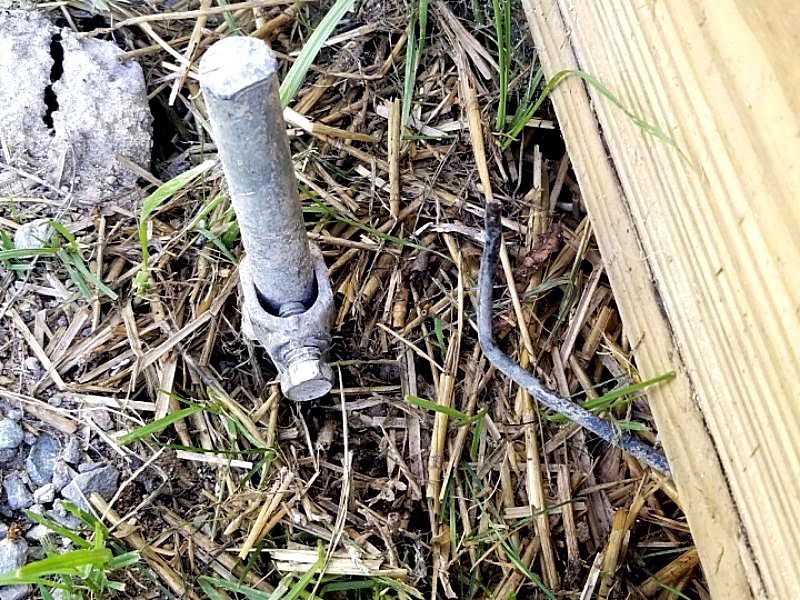
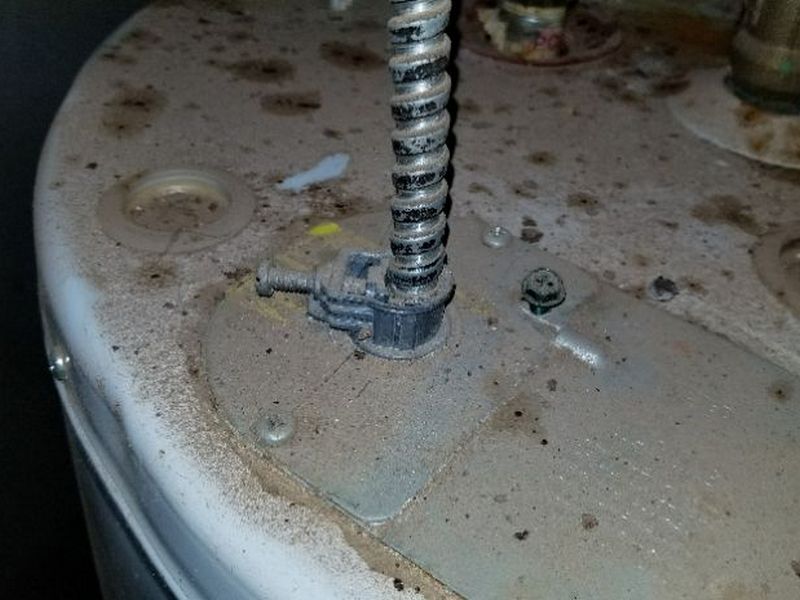
The ground wire has a break or cut. The ground system is a fundamental safety feature of the electrical installation, and will not work unless the connections are intact. Hire an electrician to make required repairs.
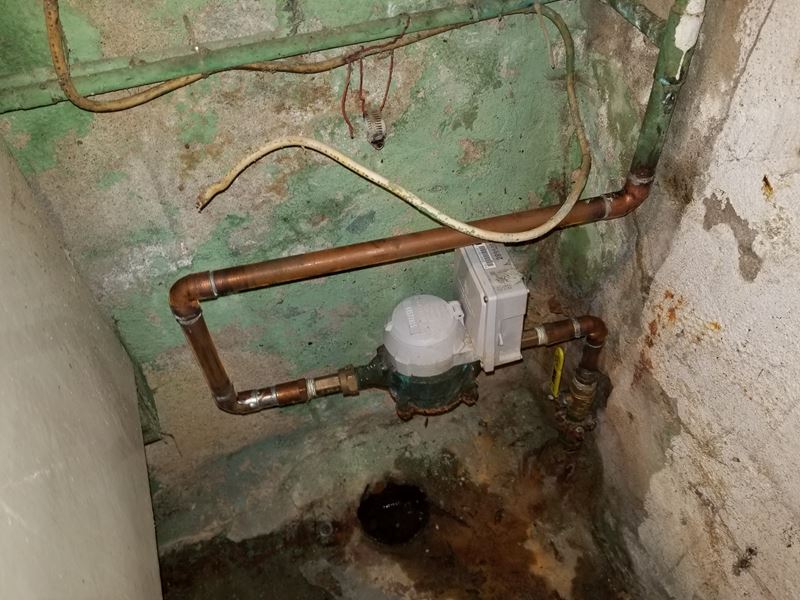
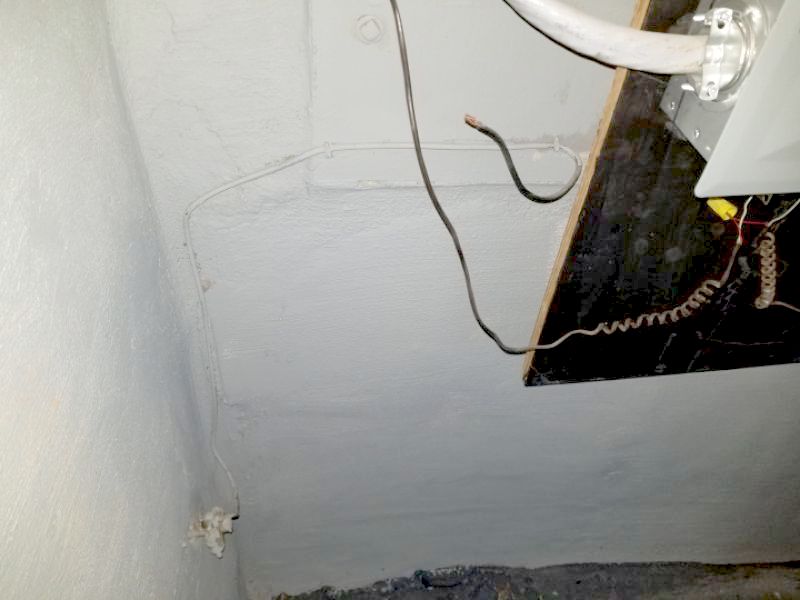
The ground wire is damaged. The ground system is a fundamental safety feature of the electrical installation, and will not work unless the connections are intact. Hire an electrician to make required repairs.
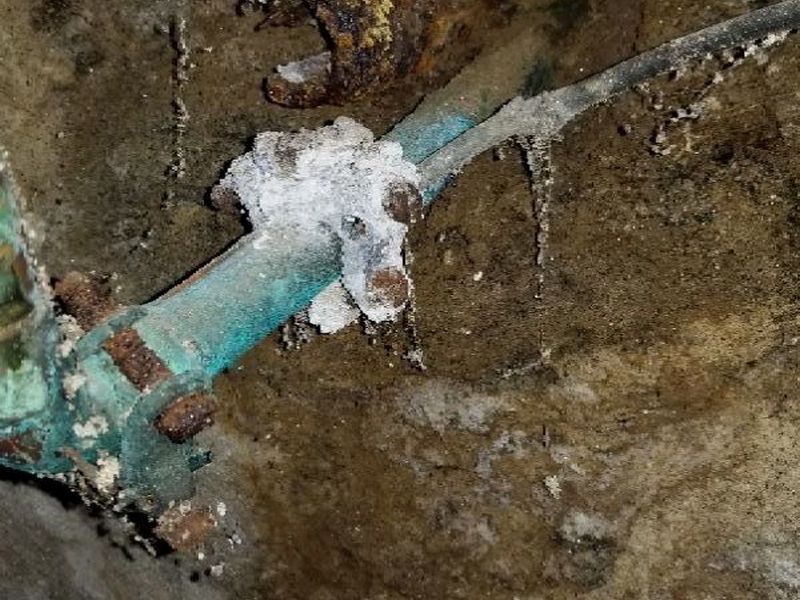
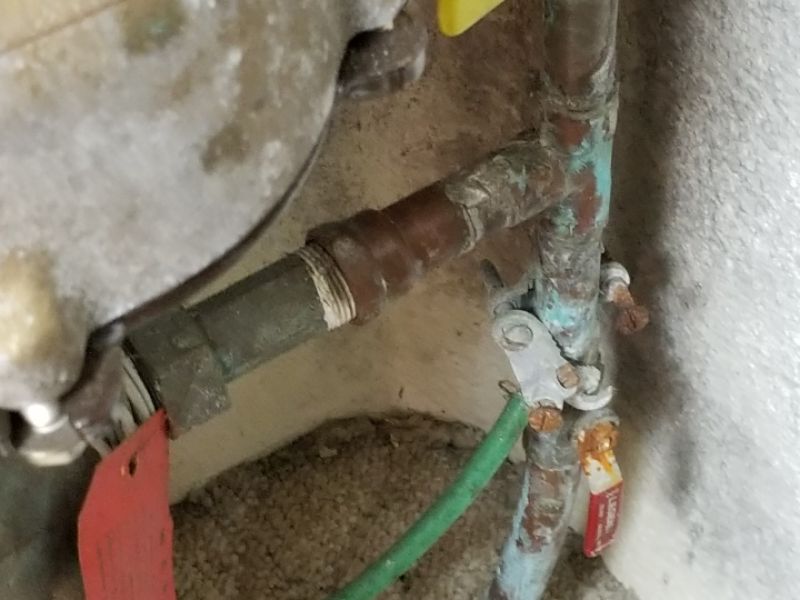
Bonding is the process of connecting all electrical devices together to ensure that an OCPD (breaker or fuse) will open if an ungrounded (hot) conductor touches a metal surface associated with the system. The Code requires an electrically continuous, low resistance path from every part of the system back to the Service Equipment. It must be installed in a manner to facilitate the operation of an OCPD if a ground fault occurs. At the Service, these connections terminate on the Neutral Bus, which returns to the electrical source. To stabilize system voltage the neutral is also grounded.
There is a missing bond clamp. This is a safety concern which may create an interruption in the continuous bonding of the electrical system. Hire an electrician to make required repairs.
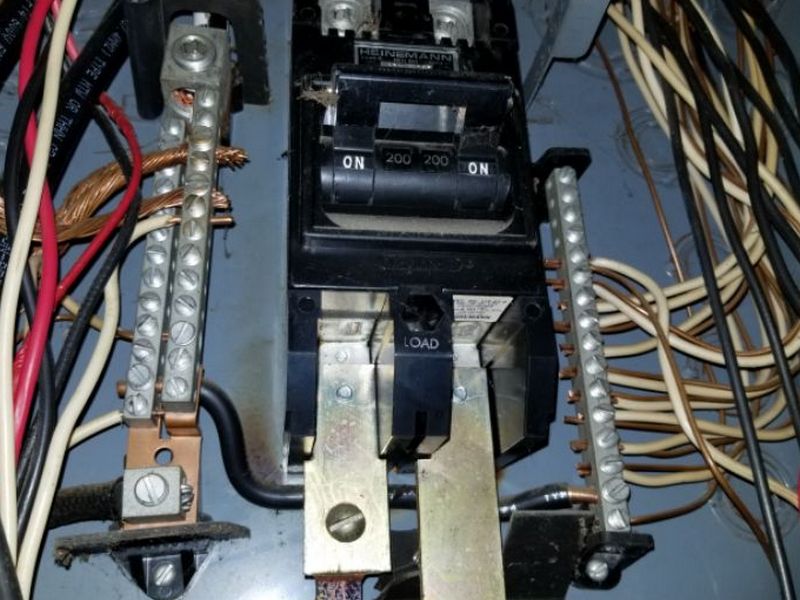
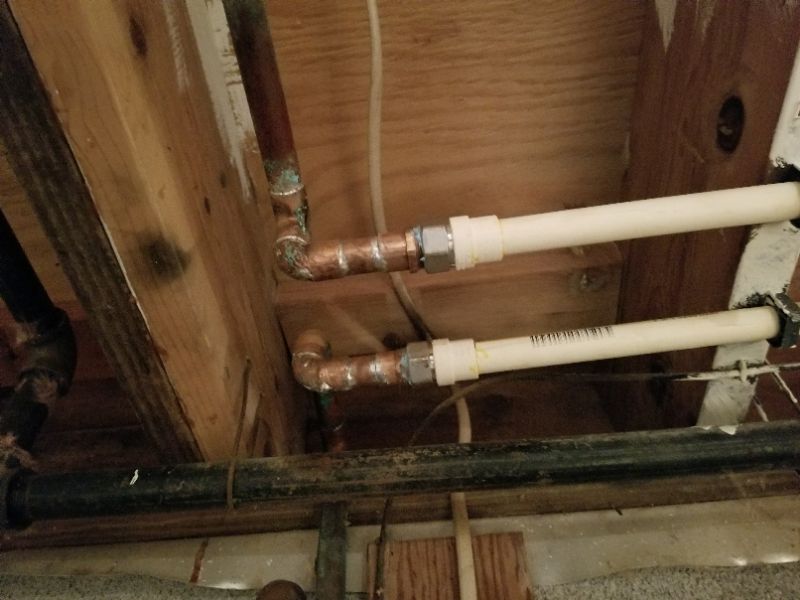
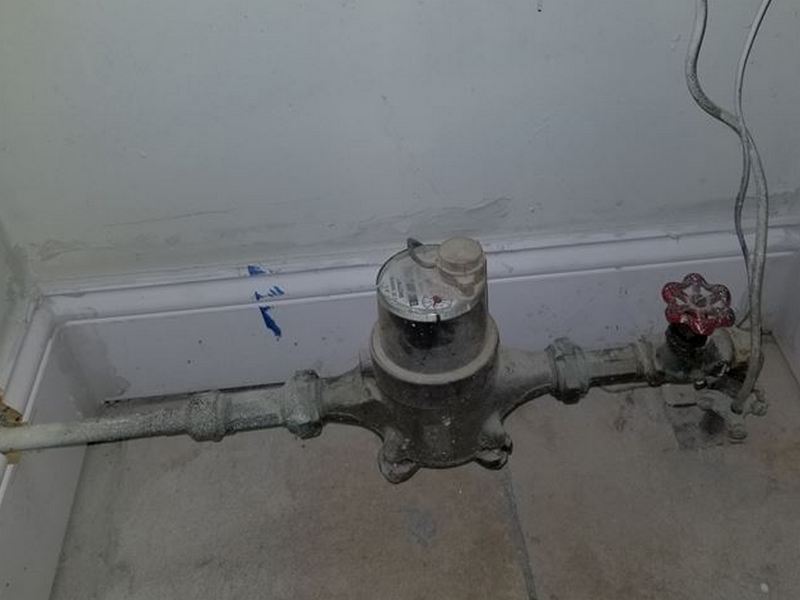
There is a loose bond clamp. This is a safety concern which may create an interruption in the continuous bonding of the electrical system. Hire an electrician to make required repairs.
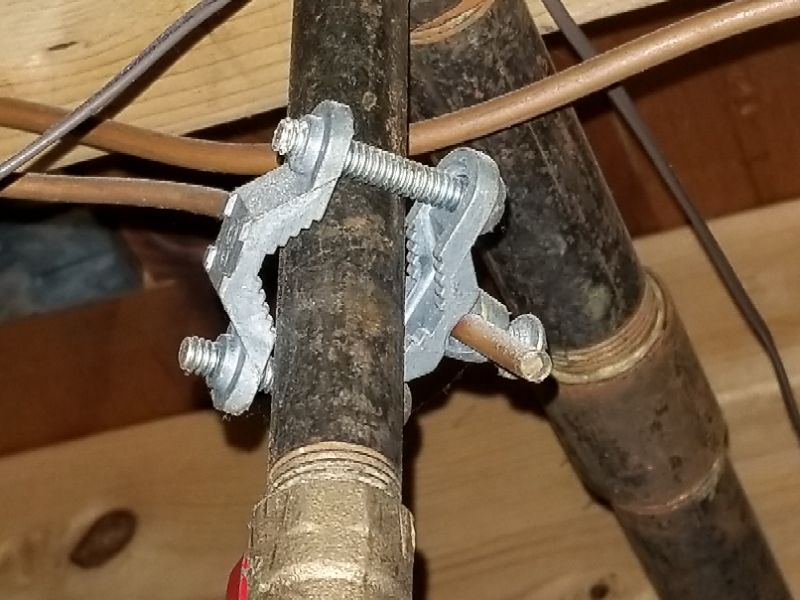
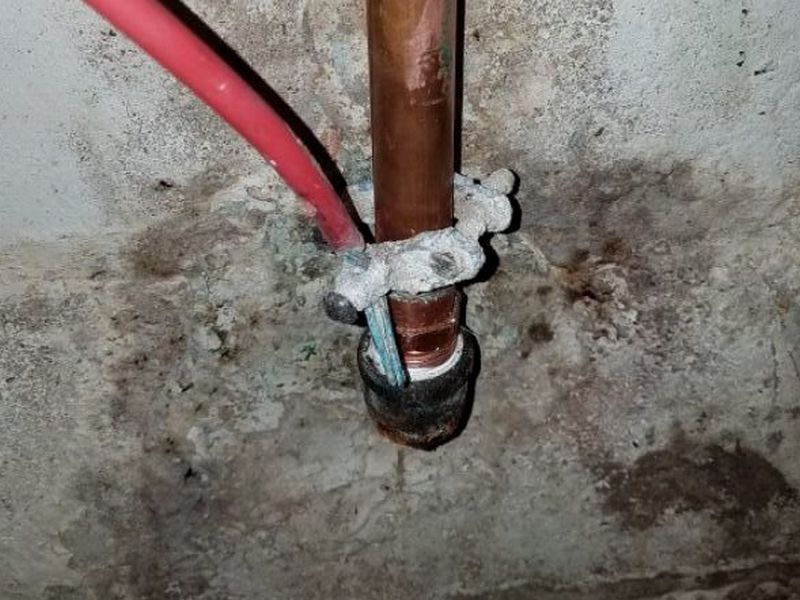
There is a broken or deteriorated bond clamp. This is a safety concern which may create an interruption in the continuous bonding of the electrical system. Hire an electrician to make required repairs.
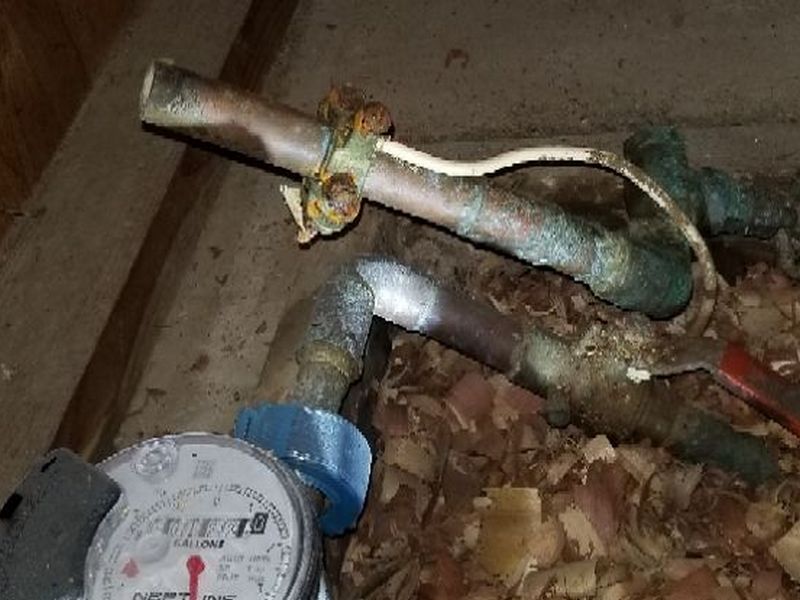
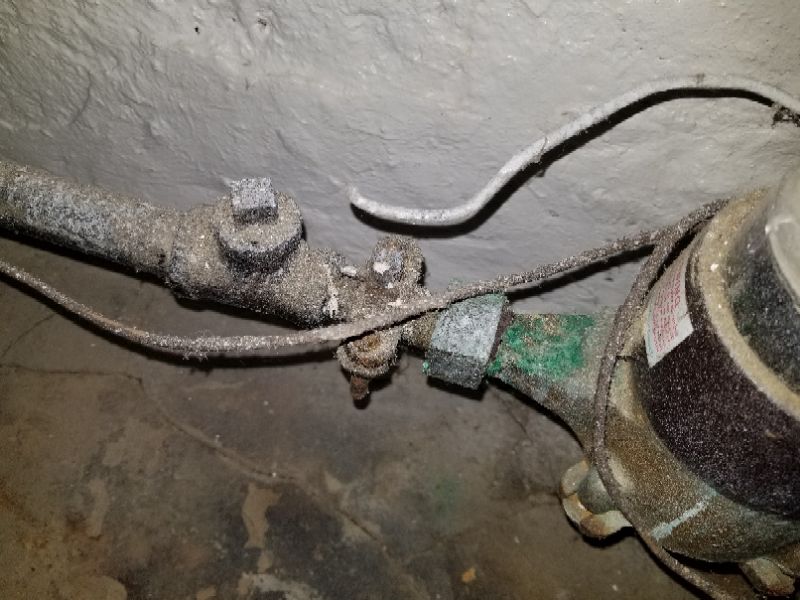
The bonding is missing at the cold and hot water pipes entering and exiting the water heater. Bonding is required to ensure the safe continuity of the plumbing bond system. Hire an electrician to make required repairs.
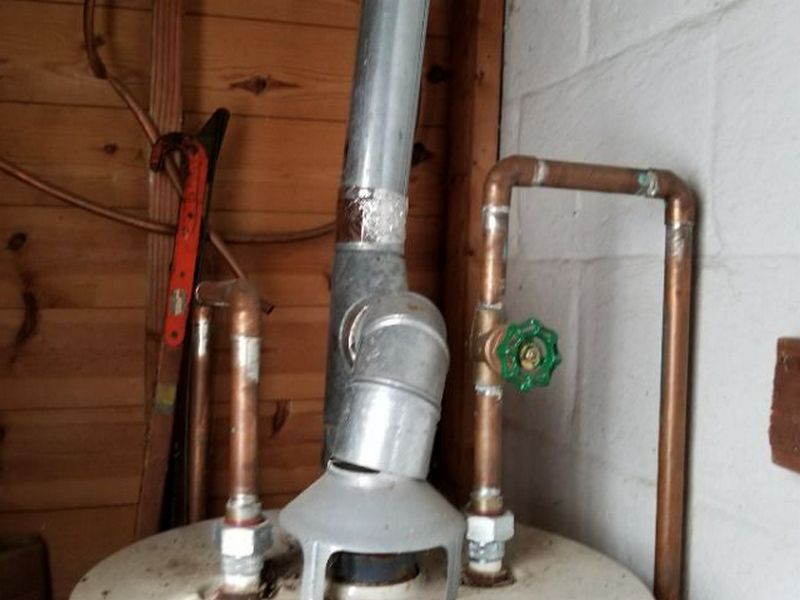
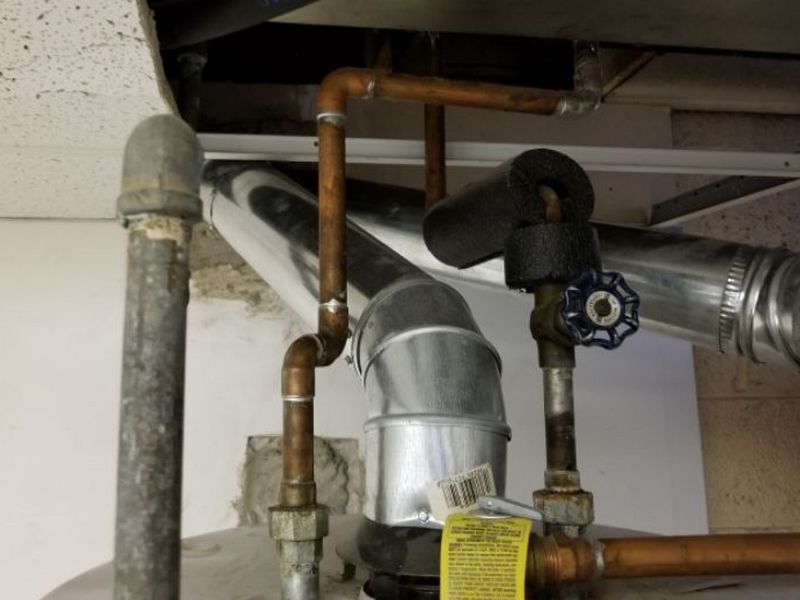
The bonding is missing at the CSST gas pipe installation. Corrugated Stainless Steel Tubing requires bonding other than at the appliance connections to protect against damage during lightning storms. Hire an electrician to make required repairs.
